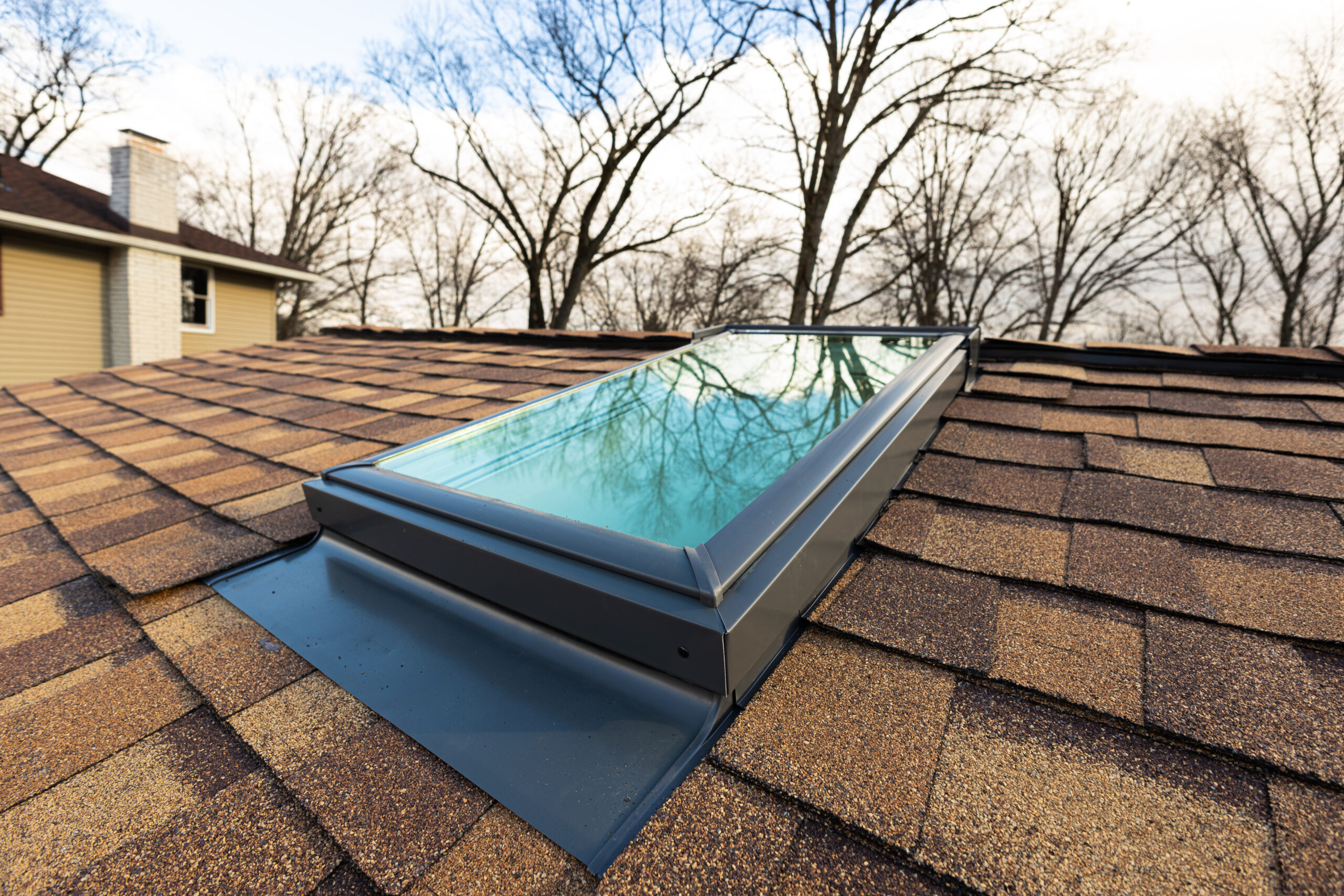Learn to recognize the warning signs of a failing roof and protect your home.
People often wonder how long their roof will protect their home and what they can do to get the most out of this investment. Oftentimes, the type of roof can have the greatest impact on a roof’s life expectancy, but this is just one step of the decision making process. There are many factors that impact a roof’s lifespan, so we’re breaking it down for property owners.
Factors that Impact the Average Lifespan of Your Roof
If you’re in the market for a new roof, there are many considerations to ensure you’re making a smart investment. Follow along to find out which factors impact the lifespan of your roof and determine when you should investigate replacement options.
Type of Materials: The materials used on your roof and their durability are large factors which impact the average lifespan of a roof. In many cases, cost and longevity are directly correlated, but we’ll cover roofing materials in more detail below.
Quality of Materials: No matter what type of roof materials you decide to use on your residence or commercial buildings, there are low and high quality versions of each material. Low quality roofing materials typically lead to more repairs and lower roof life expectancy, so it’s best to choose a superior product. Hiring a reputable contractor that uses high quality materials will help you make a decision to get the most out of your roof.
Underlayment: Roofing underlayment is one of the most crucial components of residential roof replacements. Underlayment is a layer of waterproofing protection in the event that the exterior roof gets damaged. This additional layer of defense prevents moisture buildup and mold issues and is essential so your materials don’t start to rot away.
Workmanship of Installation: Before selecting a roofing contractor, make sure you investigate their qualifications, insurance and liability coverage and reviews or testimonials. Choosing a licensed professional could affect the average lifespan of your roof more than you’d think. You don’t want to be in a situation where you spot signs of a bad roofing job and have to question whether the roof was installed correctly.
The Elements: The climate and sun exposure to your roof are large factors that impact a roof’s lifespan. The Midwest’s drastic and irregular temperatures along with extreme storms that can cause roof damage threaten your roof’s health, so it’s important to choose durable options. Temperatures frequently going from hot to cold, like we experience in the spring and fall, can cause splits and cracks in shingles. Wind, hail, tornadoes and other storms can cause even more harm by leaving divots in the roof, removing protective granules from shingles and building up moisture that leads to mold and roof leaks. Lastly, pay attention to the trees near your roof – check that the branches are not rubbing away at the shingles, and be sure to dispose of any leaves or debris built up in the gutters.
How Long Does a Roof Last?
The average lifespan of a roof usually ranges between 25 to 50 years. However, a roof’s life expectancy ultimately depends on the quality, durability and type of material chosen. You typically get what you pay for, and the larger the investment for a new roof, the longer it will provide protection for your home, but there are many options homeowners and commercial property owners should consider when choosing the best type of roofing material.













